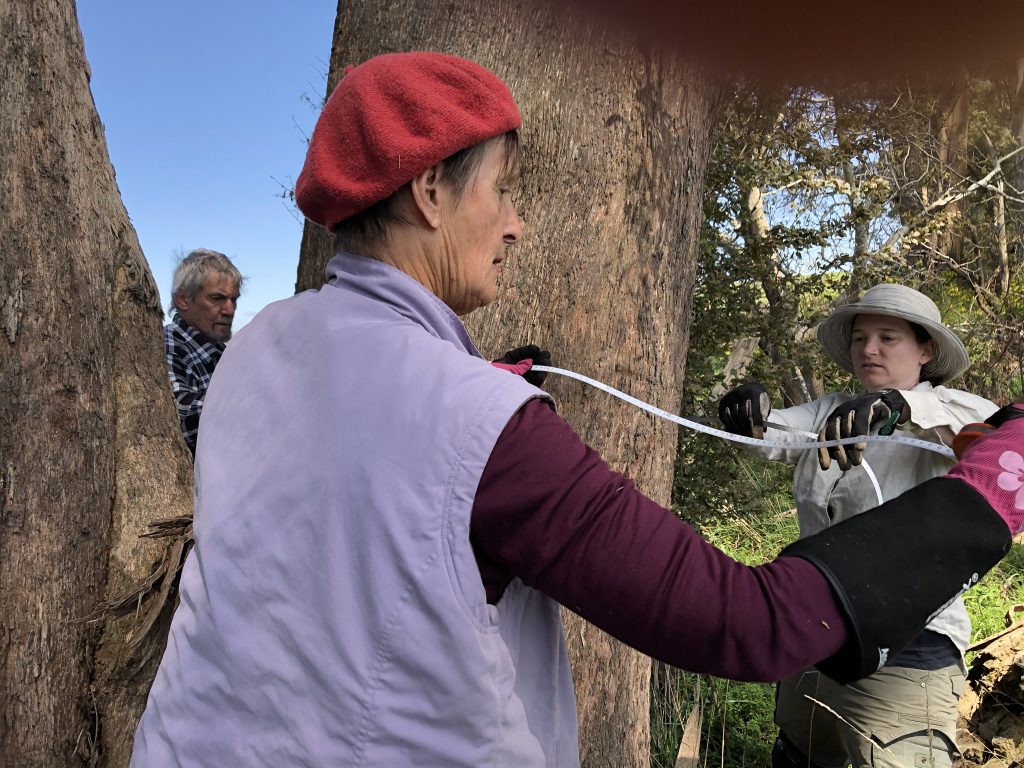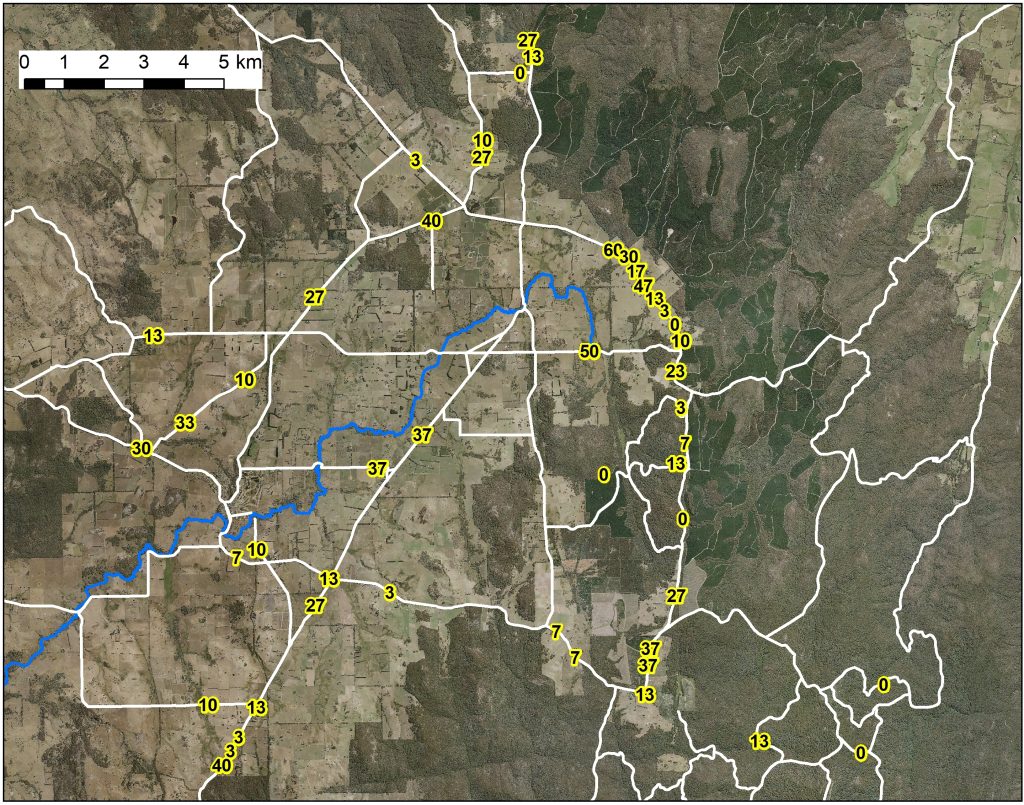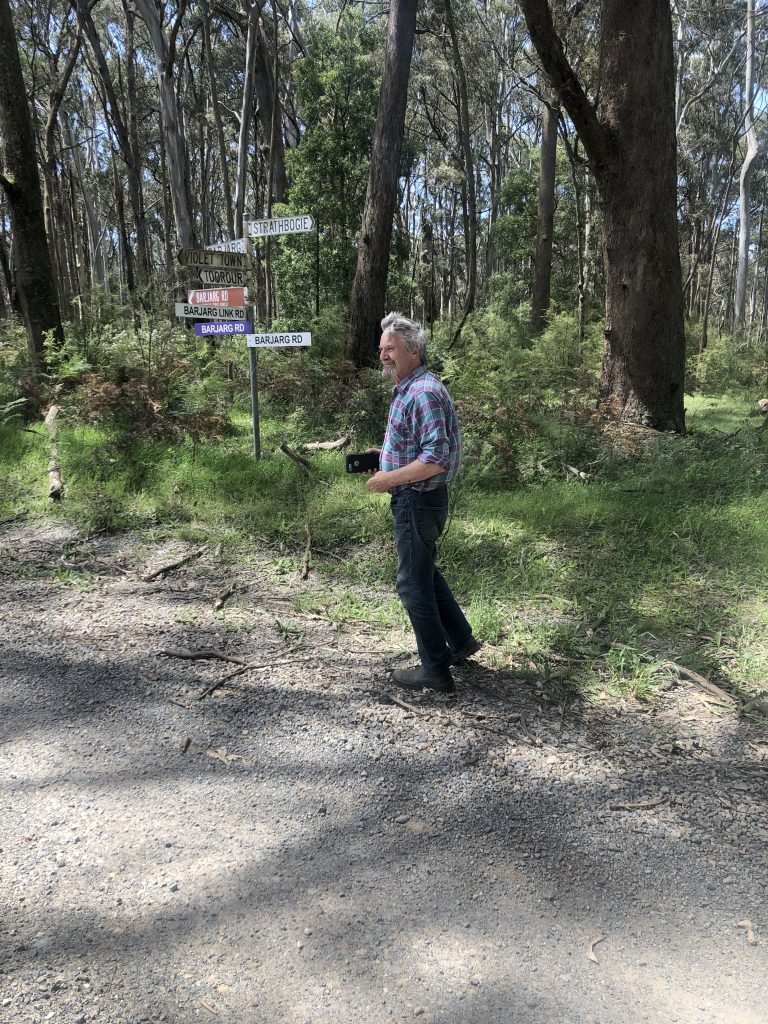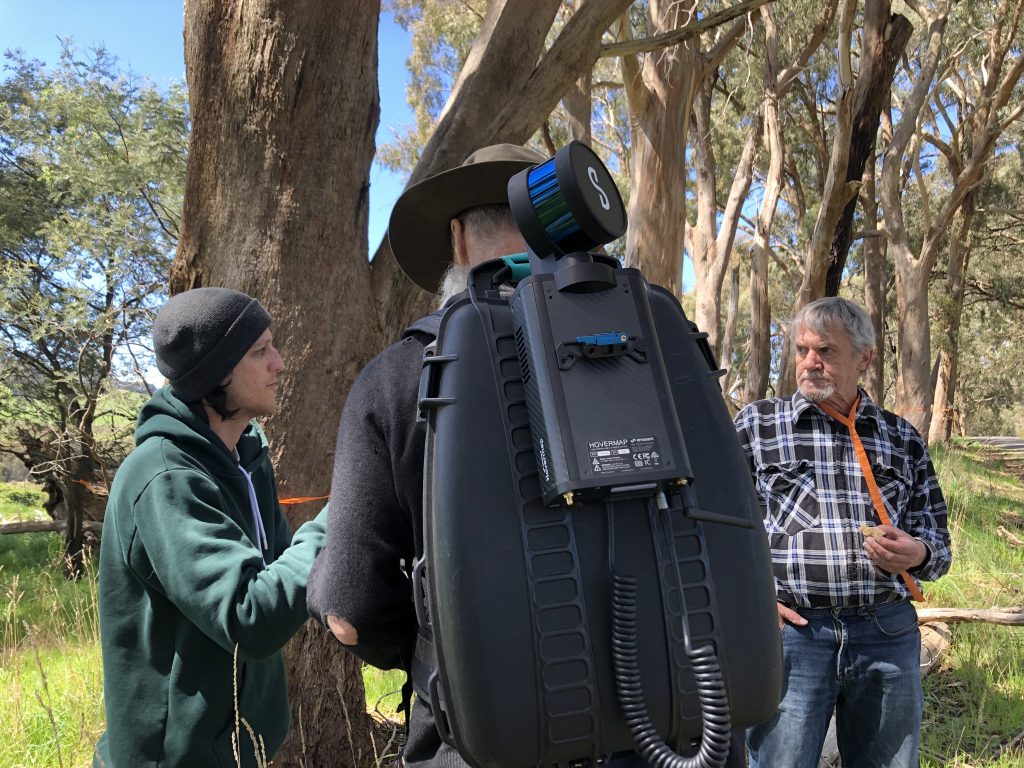
By Dave Mitchell, Australian Koala Foundation
I have concluded the field work and am analysing the data. Thanks to the assistance from all of our volunteers, we measured 1466 trees at 48 plots, and found koala faecal pellets under 268 (18%) of trees. This is a higher proportion compared to many other areas where the Australian Koala Foundation has done research. Almost all sites were along roadsides which were shown to be an important habitat for the koala with particularly high densities of pellets on the study plots along Bonnie Doon Road north of Watkins Rd, BD Rd near Tames Rd, Boundary Hill Rd, Mackrells Rd, Mt Wombat Rd near Mackrells Rd, and on all roads near creeks.
Our study was limited in scope to the central Strathbogie Ranges, which meant we could not look at slightly lower elevations, or undertake a comprehensive survey of Strathbogie State Forest. Although plots along the Seven Creeks were included in the study, we were not able to collect data along Seven Creeks because of flooding. It will take a few more months for pellets to build up at these plots, and this data should be collected to analyse and complete any overall picture of habitat use.

Interesting data was found about the preferred food and shelter trees:
- In terms of tree size, koalas in the sites studied prefer larger Manna Gum (E. viminalis), Narrow-leaved Peppermint (E. radiata), and Messmate (E. obliqua) as measured by trunk diameter (dbh). There was no size preference for Mountain Swamp Gum (E. camphora).
- The overall most preferred food tree was Mountain Swamp Gum that had a strike rate of 28% (i.e., 28% of all 109 trees had pellets) and Manna Gum had 25% (267 trees) making them the most-preferred tree species.
- Narrow-leaved Peppermint (E. radiata) had a strike rate of 19% for preferred tree and was not influenced by the presence of Manna Gum or Swamp Gum. Narrow-leaved Peppermint was used in proportion to its availability (i.e., just because it’s everywhere!).
- Eurabbie/Victorian Blue Gum (E. costata subspieces bicostata) had a low strike rate (16%) and Use vs. Availability (-7.8%), both percentages show that this species is avoided by koalas. This contrasts with the Tasmanian Blue Gum (E. globulus subspecies globulus) grown in plantations, which is highly preferred.
- Blackwood (Acacia melanoxylon) is an important shelter tree, particularly when it grows with Mountain Swamp Gum, but also at other plots. It had a strike rate of 25%. Other Acacias (A. dealbata, A. mearnsii) have a strike rate of 20%, so are also important shelter trees.
I have other things to look at, like “how much habitat do koalas need?” So far it appears that 200-400 hectares within a 2 km radius is the “sweet spot”. That’s 15-30% of tree cover. Lots of planting to do! Where that planting is done is crucial, and it might only need to be 15%. Which brings me to the KISS project, AKF’s ground-breaking plan to reconnect habitats on private property:
Koala Kiss Project
AKF is presenting a workshop to kick off this long-term project in Warialda (northern NSW) on 14-15 Feb 2023, all interested people are invited:
Warialda Workshop
It will be an opportunity for people to gather and discuss how we get the environment reconnected, for people as well as koalas. In my view, attendees (some from Ballarat as well as other places), will be able to discuss two main issues: how do you do it, and how do you get people to help do it? There will be many common issues to talk about.
Dave Mitchell Landscape Ecologist Australian Koala Foundation www.savethekoala.com


